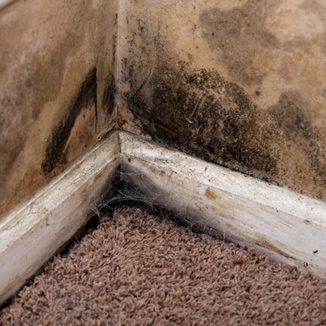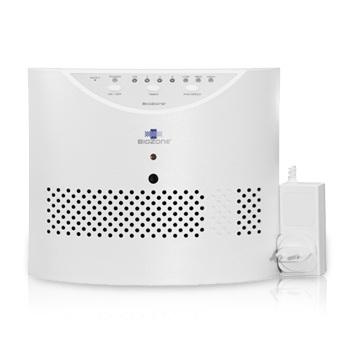Prevent mold in case of moisture damage
Mold is a non-scientific term for many types of fungi – unwanted, unappealing patches of black, brown, yellow, pink, green, smelly, fuzzy growths. Countless species of mold are found both indoors and outdoors.
“Mold” and “fungus” have many connotations, most of them unpleasant: musty odors, damp basements, moldy carpets, water leaks, soggy drywall, athlete’s foot, and poisonous mushrooms, among others.
Although mold and its spores are literally everywhere, active mold growth requires moisture. Whether on visible surfaces or hiding behind drywall, in attics, or under carpets, indoor mold grows in the presence of excessive dampness or water. Also found in damp indoor environments are:
- bacteria
- dust mites
- break-down products of bacteria and molds, such as proteins, cell-wall particles (glucans) and volatile organic compounds (the actual cause of the musty odor associated with mold)
- airborne chemicals, gases, and particulate matter caused by destruction of materials by growing molds.
Indoor mold may be unsightly and smelly, but the potential problems are more serious than that. By definition, actively-growing mold damages the material it lives on, thereby impairing structural integrity. In addition, mold is associated with some untoward health effects in humans, including allergies and infections.













